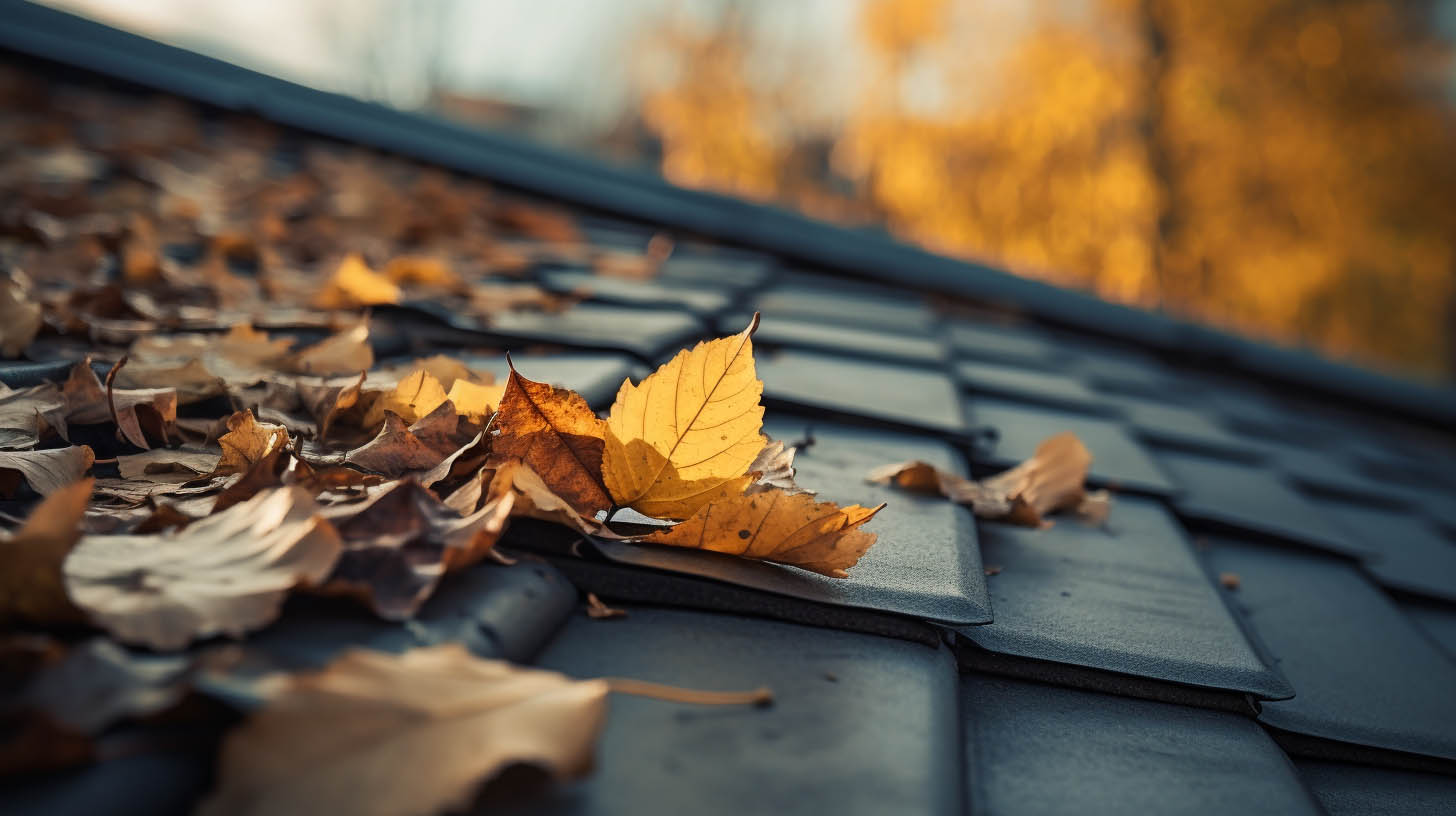
The Essential Guide to Safeguarding Your Roof from Fallen Leaves
Understanding the Impact of Leaves on Your Roof
As homeowners, we often overlook the significance of removing fallen leaves from our roofs. However, this seemingly minor task plays a crucial role in maintaining the integrity and longevity of our roofing systems. Leaves, especially when left to accumulate, can cause a myriad of problems ranging from moisture retention to blocked gutters.
The Hidden Dangers of Leaves on Shingles
Leaves on the roof may appear harmless, but they can be deceptively damaging. When leaves gather on shingles, they trap moisture, leading to several issues:
Moisture Damage: Leaves retain water, keeping the shingles beneath damp. This prolonged exposure to moisture can degrade the shingles, reducing their effectiveness in protecting your home.
Mold and Mildew Growth: The damp environment created by wet leaves is ideal for the growth of mold and mildew, which can spread to the interior of your home, posing health risks and damaging internal structures.
Increased Weight and Stress: Wet leaves are heavier than dry ones, adding unnecessary weight and stress to your roof, potentially leading to structural damage.
The Perils of Leaves in Roof Valleys and Gutters
Roof valleys and gutters are particularly vulnerable to leaf accumulation. Leaves can clog these areas, preventing proper water drainage and leading to water pooling. In colder climates, this can result in ice dams, which further damage the roof and gutters.
Proactive Measures for Leaf Removal
Safe and Effective Leaf Removal Techniques
Leaf Blowers: A powerful tool for removing leaves, especially on flat or low-pitched roofs. When using a leaf blower, always direct the airflow downwards to avoid lifting and damaging shingles.
Roof Rakes: Ideal for gently removing leaves without coming into direct contact with the roof surface.
Professional Cleaning Services: For steep or high roofs, it’s safer to hire professional services like MaxForce Roofing and Siding LLC, based in Columbus, OH, which specialize in roof maintenance and leaf removal.
Preventative Strategies
Regular Inspection and Cleaning: Schedule bi-annual inspections and cleanings to prevent leaf buildup.
Trimming Overhanging Branches: Reduce leaf accumulation by keeping nearby trees trimmed and away from the roof.
Gutter Guards: Install gutter guards to prevent leaves from clogging gutters and downspouts.
Long-Term Roof Care
Regular Maintenance: Beyond leaf removal, ensure regular maintenance checks for any signs of damage or wear.
Quality Roofing Materials: When repairing or replacing your roof, choose high-quality materials that offer better resistance to environmental factors.
Professional Consultation: Regular consultations with roofing experts can help identify potential problems early, saving costs and extending the life of your roof.
Conclusion
Regular removal of fallen leaves from your roof is not just a matter of aesthetic appeal but a crucial aspect of maintaining the health and longevity of your roofing system. By understanding the risks associated with leaf accumulation and adopting effective removal and preventative strategies, homeowners can ensure their roofs remain in optimal condition, safeguarding their homes for years to come.

